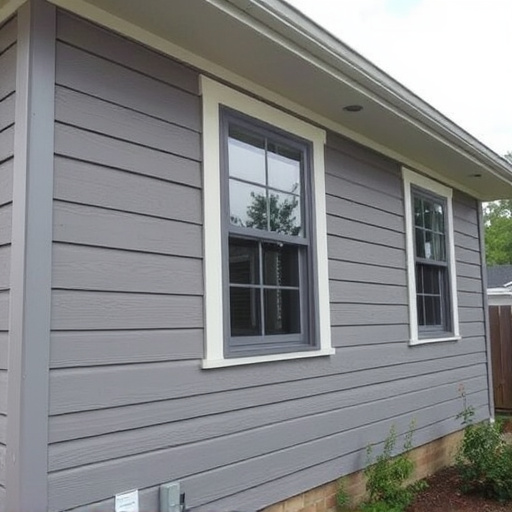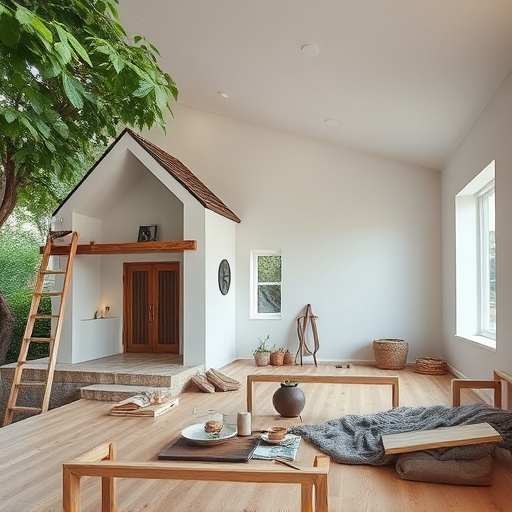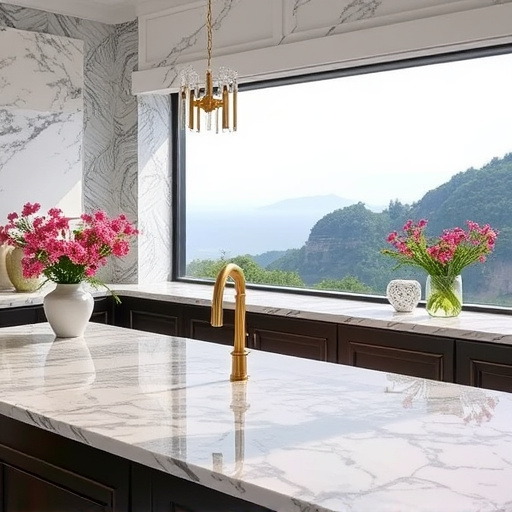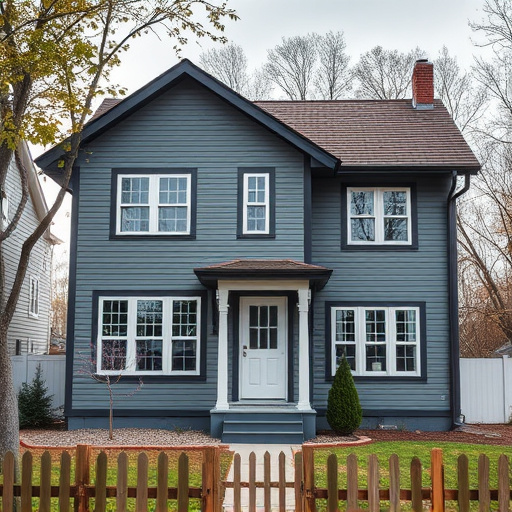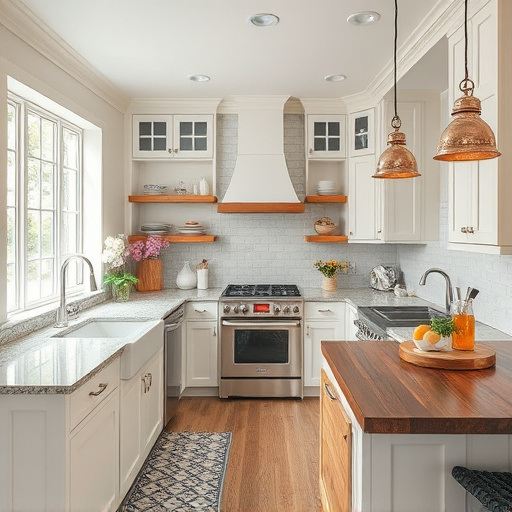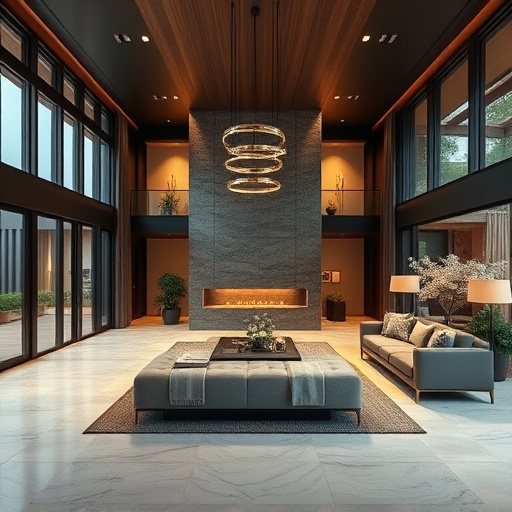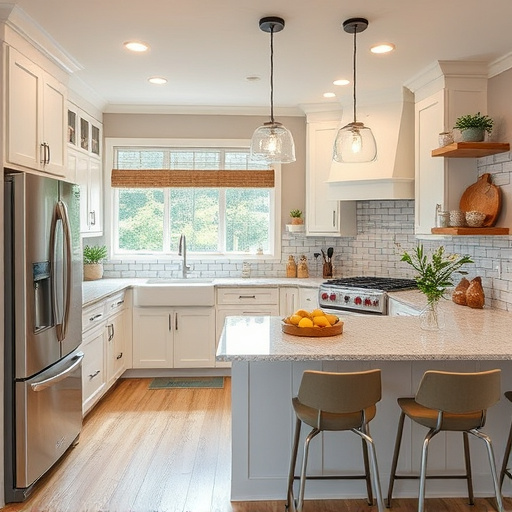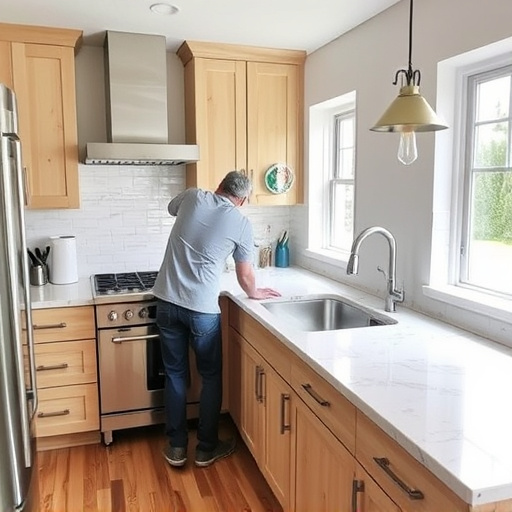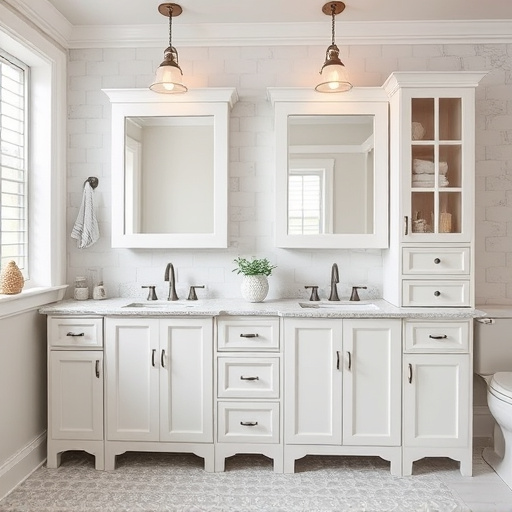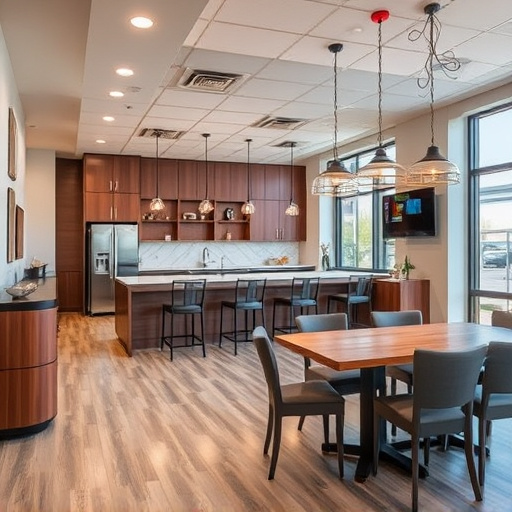Construction design principles merge functionality, aesthetics, and sustainability to craft exceptional spaces. Key strategies include leveraging natural light, implementing smart layouts, integrating efficient systems, and tailored renovations. Even simple aspects like exterior painting contribute to overall appeal and structural integrity. Modern trends emphasize visual appeal and practicality, focusing on seamless integration of existing and new elements in renovations. Successful construction design enhances livability, health, and cost savings through natural light, efficient ventilation, strategic openings, and comfortable indoor air quality.
In today’s competitive market, exceptional construction design is paramount for residential and commercial projects alike. This comprehensive guide explores the multifaceted aspects of construction design, from foundational principles to cutting-edge technologies. We delve into the harmonious balance between functionality and aesthetics, highlighting the significance of natural light and ventilation for healthier, more cost-efficient spaces. Additionally, we examine material selection trends toward sustainability, showcasing successful implementations in iconic structures. Prepare to navigate the future of construction design with informed insights fueled by innovation.
- Understanding Construction Design Principles for Optimal Spaces
- – The role of functionality and aesthetics in construction design
- – Incorporating natural light and ventilation for health and savings
Understanding Construction Design Principles for Optimal Spaces
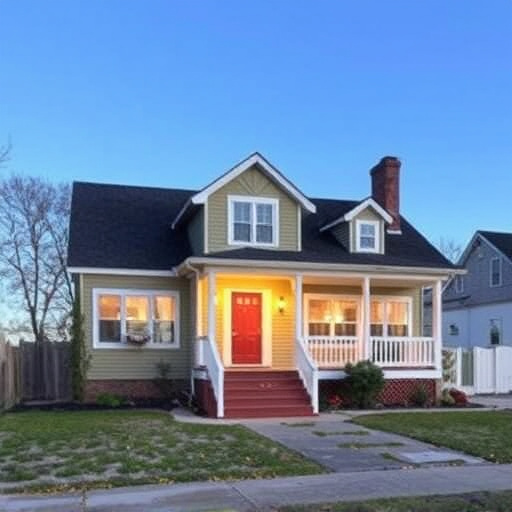
Understanding construction design principles is paramount for creating optimal spaces, whether for residential or commercial projects. It involves a holistic approach that considers functionality, aesthetics, and sustainability. Effective construction design leverages natural light, incorporates smart layouts, and integrates efficient systems to enhance user experience and reduce environmental impact.
For instance, tailored design approaches like customized home renovations can transform ordinary spaces into functional works of art. This includes strategic planning for interior flows, selecting suitable materials, and incorporating features that cater to specific needs. Even something as seemingly mundane as exterior painting can be part of this process, offering a fresh canvas to showcase design elements while protecting the structure beneath.
– The role of functionality and aesthetics in construction design
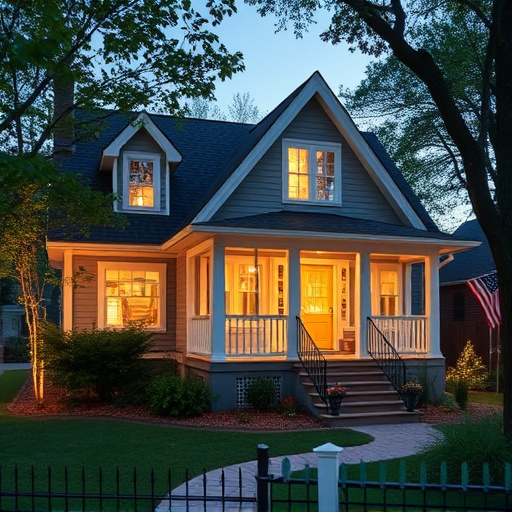
In construction design, the harmonious blend of functionality and aesthetics is paramount, especially for residential and commercial projects. Beyond structural integrity, modern designs increasingly prioritize spaces that are both visually appealing and practical, catering to the diverse needs and preferences of occupants. For instance, in home renovations or bathroom renovations, designers must balance the allure of contemporary fixtures and finishes with thoughtful planning to ensure each room serves its intended purpose efficiently.
This dual focus is even more evident in home additions, where expanding living spaces requires a delicate dance between amplifying existing aesthetics and introducing new design elements that feel integrated rather than bolted on. Ultimately, successful construction design aspires to create environments that not only delight the senses but also foster comfort, convenience, and a strong sense of place, whether it’s a cozy retreat in the heart of a bustling metropolis or a commercial space that captivates clients and employees alike.
– Incorporating natural light and ventilation for health and savings
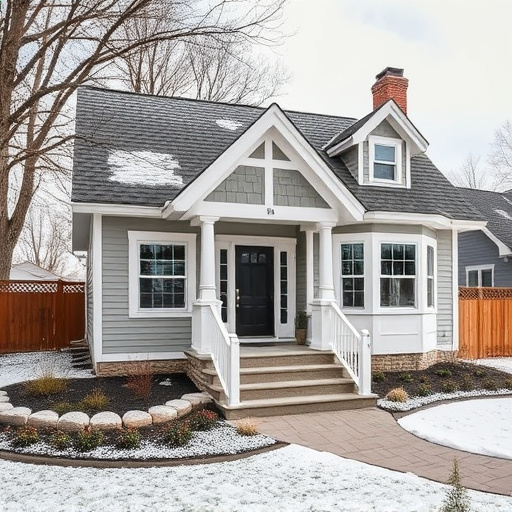
Incorporating natural light and efficient ventilation is a key aspect of modern construction design for both residential and commercial projects. This strategy not only enhances the aesthetics and livability of spaces but also offers significant health benefits and cost savings. Large windows, skylights, and strategic openings allow sunlight to inundate interior areas, reducing the need for artificial lighting during daylight hours, which can lower energy consumption and utility bills.
Natural ventilation through well-designed cross-ventilation systems helps maintain comfortable indoor air quality by displacing stale or heated air with cooler outside air. This simple yet effective approach not only reduces the reliance on air conditioning but also contributes to a healthier environment for occupants, particularly in home renovation or bathroom renovation projects where proper ventilation is crucial for preventing moisture buildup and mold growth.
Construction design goes beyond aesthetics; it’s about crafting spaces that are not only visually appealing but also functional and healthy. By balancing principles of functionality, natural light, and ventilation, designers can create optimal environments for both residential and commercial projects. These considerations not only enhance the user experience but also contribute to long-term savings and sustainability. Understanding and implementing these construction design principles are key to creating thriving spaces that cater to modern living and working needs.




